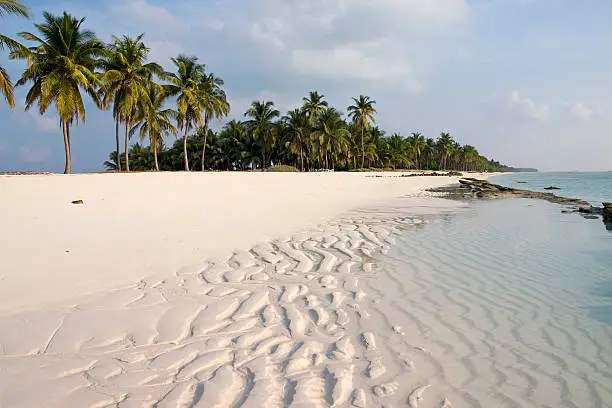Exploring the Lakshadweep Language Heritage
Malayalam is the Lakshadweep language spoken by the majority of people in the islan. Mahi (or Mahl), which is akin to old Sinhalese, is spoken on Minicoy, however. Hindi is also spoken by several individuals. The majority of the population lives on the islands of Amini, Minicoy, Kavaratti, and Andrott.
Lakshadweep Language and Communication
The languages spoken in each of Lakshadweep\’s atolls contribute to the distinctiveness of its society in addition to its demographic makeup. As the widely accepted Lakshadweep language of the government, Malayalam is utilized in both government and education.
But the native language, Mahal, also called Jeseri, is very important to the people living there, both in their everyday lives and in their hearts.
Lakshadweep Language tapestry, which blends many Mahal and Malayalam dialects, is what creates connections.
The vernacular bears the impacts of languages like Tamil, Arabic, and Hindi because of past trade links and cultural interactions.
It\’s interesting to note that the linguistic landscape of Lakshadweep involves more than just songs, customs, and folklore; it also includes a rich oral history that reflects the islands\’ maritime heritage.
Lakshadweep\’s literacy rates are rising as a result of advancements in education and required language training. A remarkable 92.28{d8bfdd8d472178136c105007797579aed711cc156478bf3d18b135c7cb0fb26c} of people were literate in 2011, above the national average, according to the 2011 census.
This demonstrates the efficacy of the educational initiatives put in place throughout the islands.
Lakshadweep Literacy Rate
[table id=7 /]
Lakshadweep Communication Infrastructure
Lakshadweep\’s communication infrastructure is progressively embracing the digital age.
The introduction of mobile connectivity and high-speed internet has begun to change the social environment by allowing residents to interact with larger audiences and obtain information that was previously out of their reach.
There\’s no denying the continued prevalence of traditional communication methods, but there\’s also a clear trend toward digital use.
Language use in Lakshadweep is being influenced by education and technology, and the younger population is frequently multilingual or trilingual.
They exhibit amazing linguistic flexibility as they switch between conventional Indian languages and local dialects with ease. while a result, the language and communication customs of the islands show how tradition and modernity coexist to keep the community cohesive while it faces rapid change.
Occupation and Livelihood of Lakshadweep
The people of Lakshadweep rely mostly on natural resources for their livelihoods because of the biological and geological characteristics of the territory.
With the bulk of the working population involved in fishing and related activities, fishing is the backbone of the economy of Lakshadweep.
There are many prospects for both large-scale, more commercial enterprises and small-scale, traditional ways due to the abundance of marine life.
The local economy is mostly reliant on coconut cultivation in addition to fishing. The Lakshadweep islands are well-known for their verdant coconut groves and for producing excellent copra that is frequently shipped to mainland India.
The people\’s income is also greatly influenced by the production and sale of coconut oil and fiber.
One important sector that has the potential to strengthen the local economy is Tourism. A constant stream of tourists is drawn to the spotless beaches, crystal-clear oceans, and coral reefs, which creates job possibilities in the hotel and service industries.
To protect the delicate natural balance of the islands, tourism development is, nevertheless, strictly limited.
Another significant source of income is work for the government, especially in the fields of administration, healthcare, and education.
The local government\’s endeavors to enhance education and literacy rates have yielded a highly educated labor population, which frequently pursues positions in the public sector
Dynamic Livelihood of Lakshadweep
Participation in the subsequent economic pursuits is likewise a component of the dynamic landscape of livelihood:
(i) building \”odams,\” or traditional boats
(ii) Trade and retail establishments meeting the community\’s everyday requirements
(iii) Jobs in the service industry driven by the region\’s digital advancements
Although these industries are the backbone of the islands\’ economy, Lakshadweep is taking deliberate steps to diversify employment even further and improve sustainable development methods in order to protect its people\’s future without endangering the archipelago\’s health and beauty.


